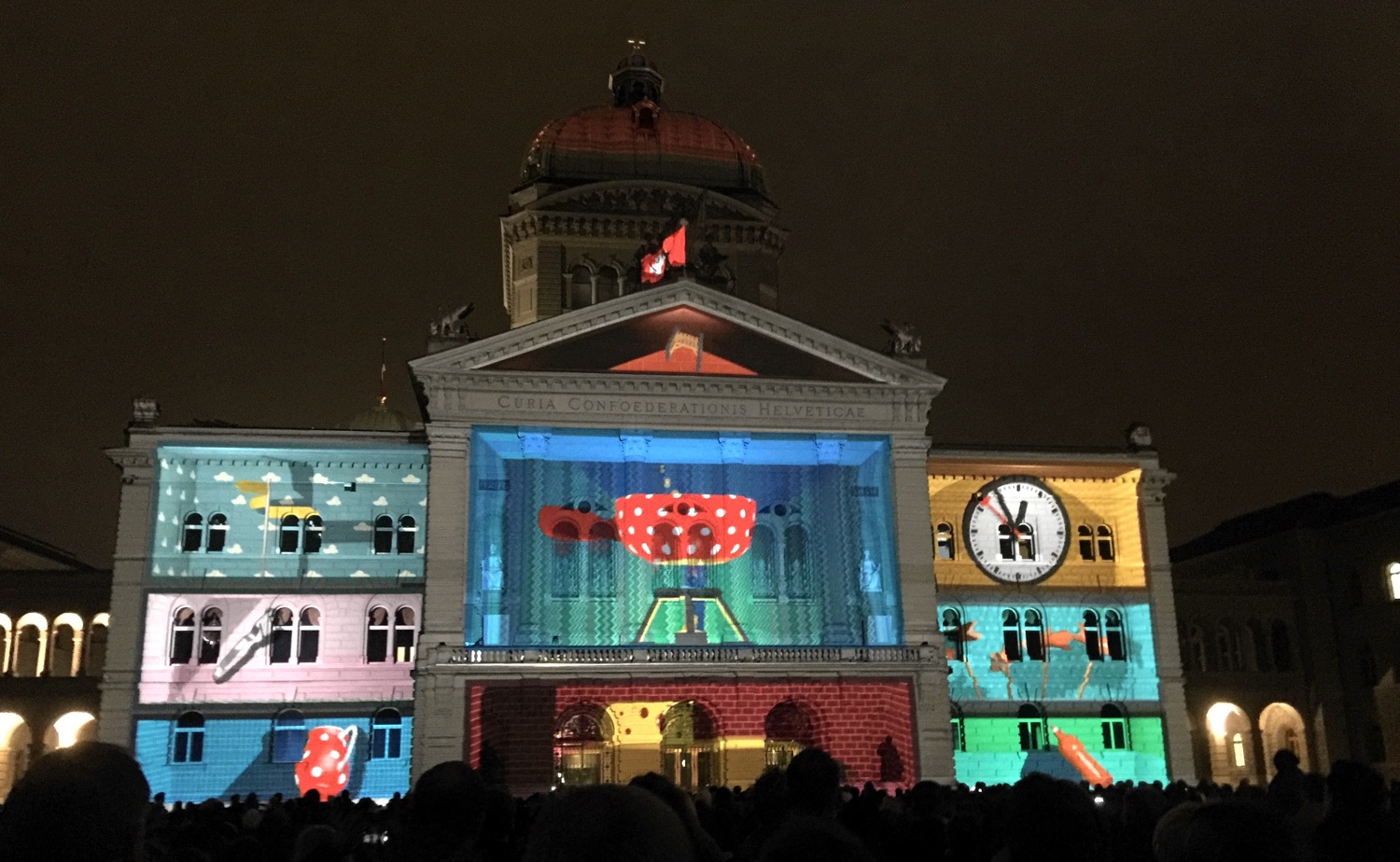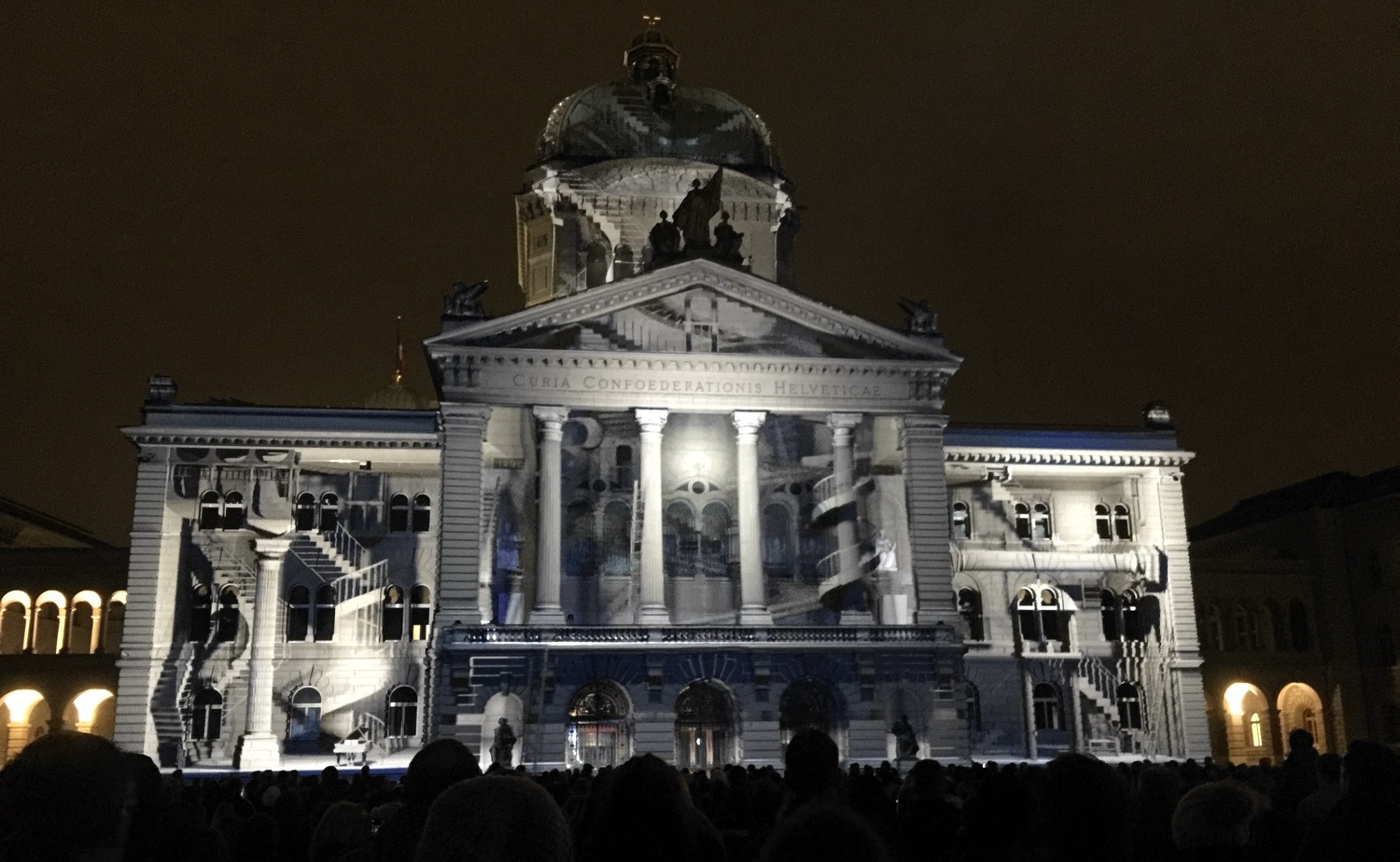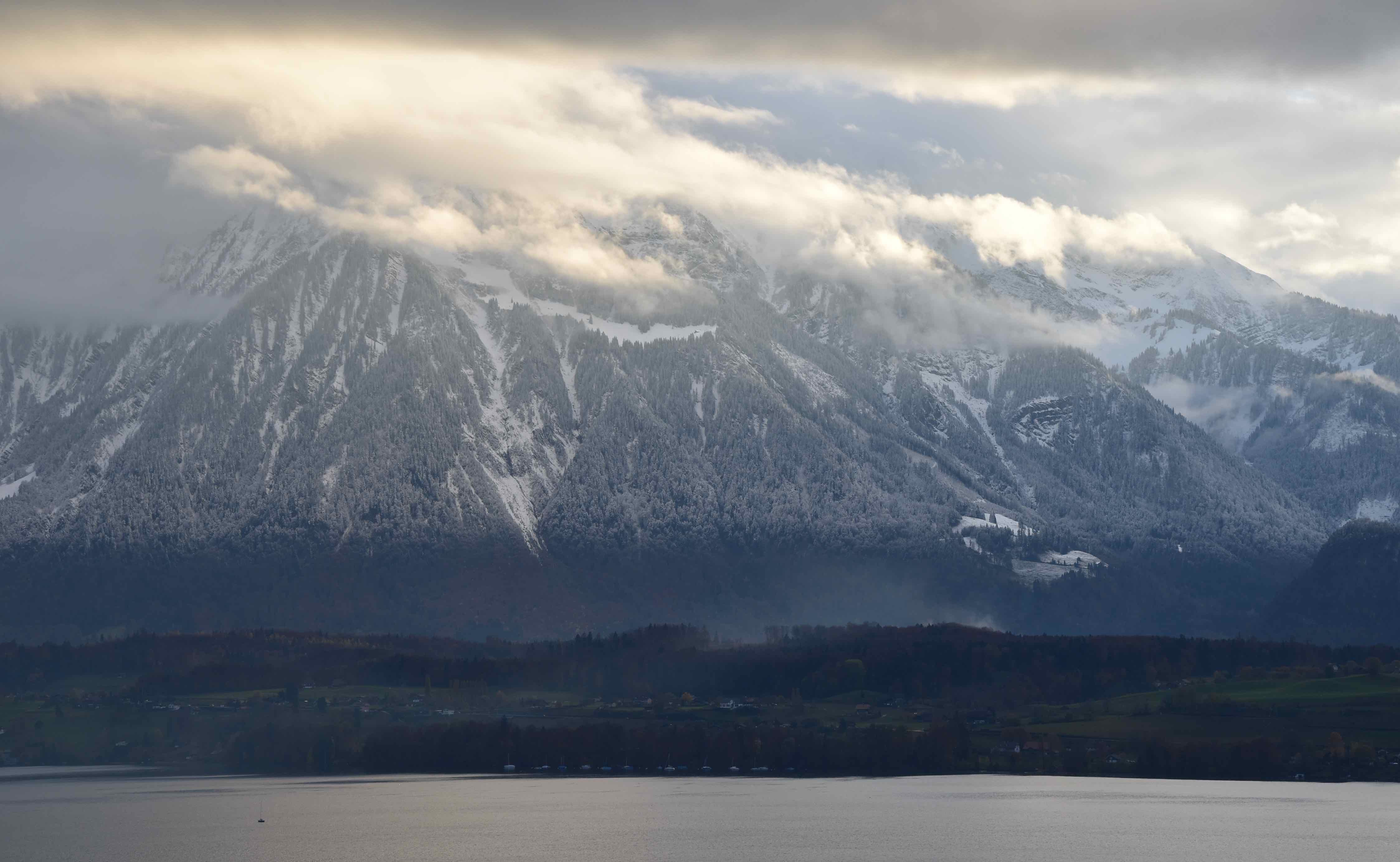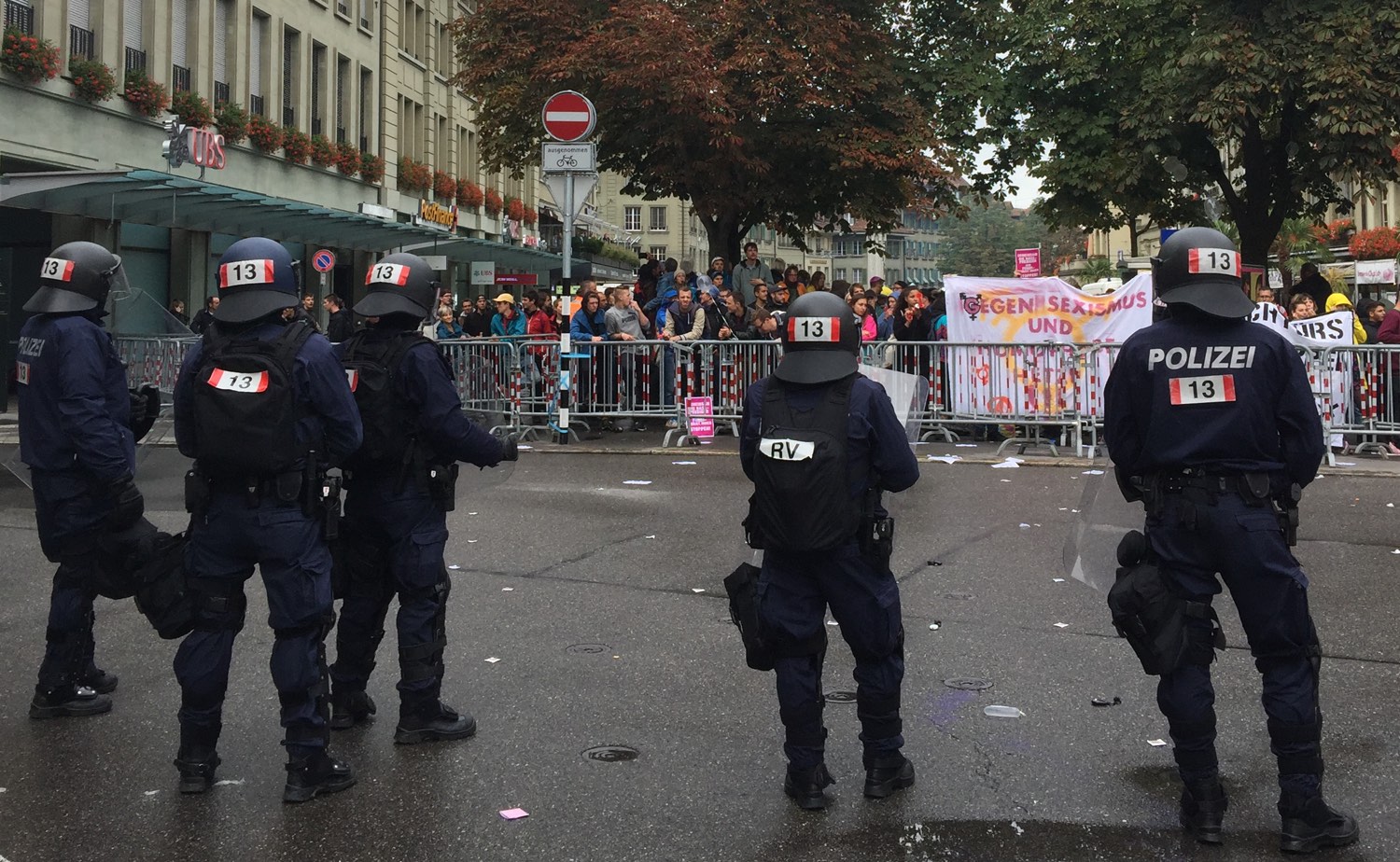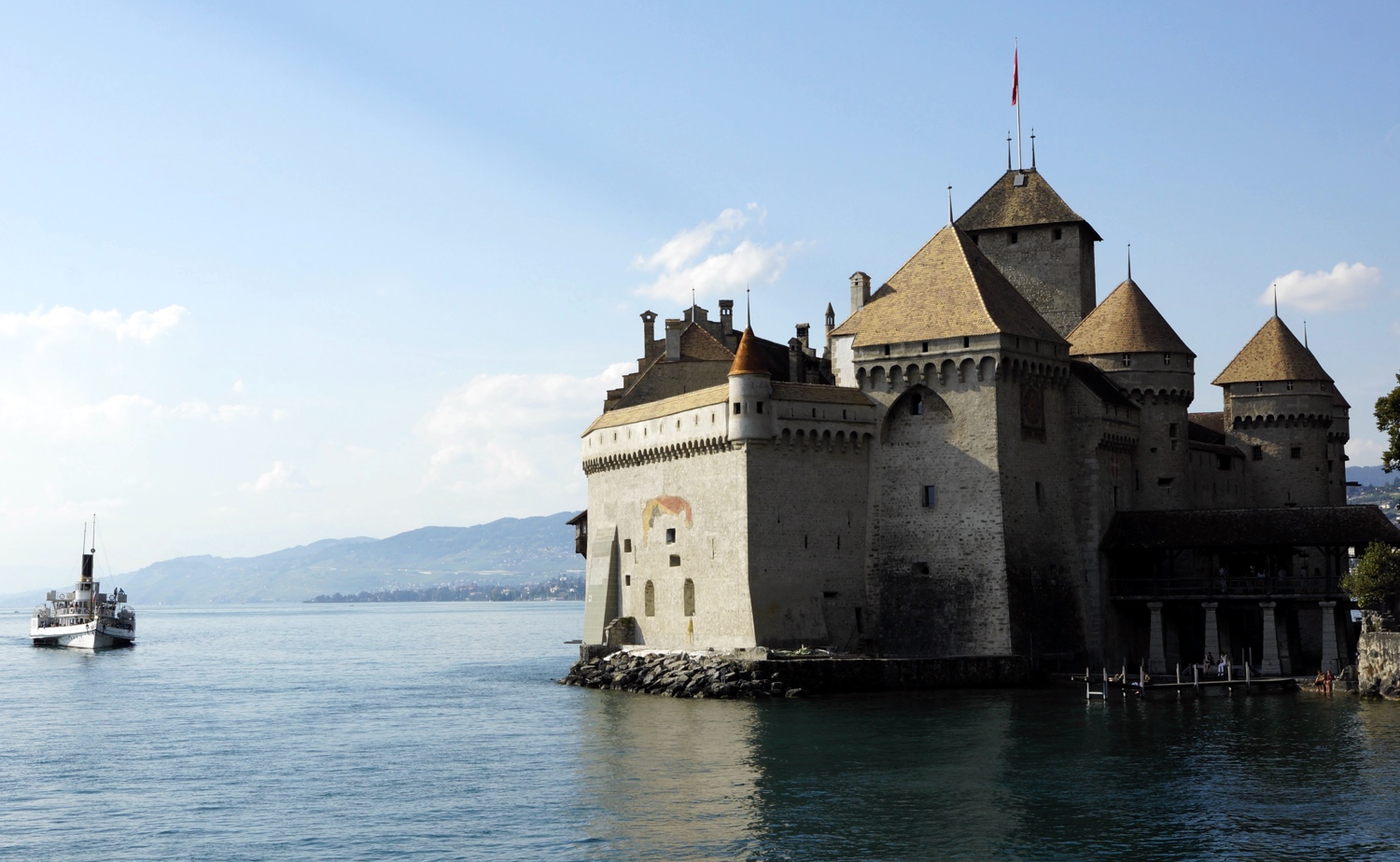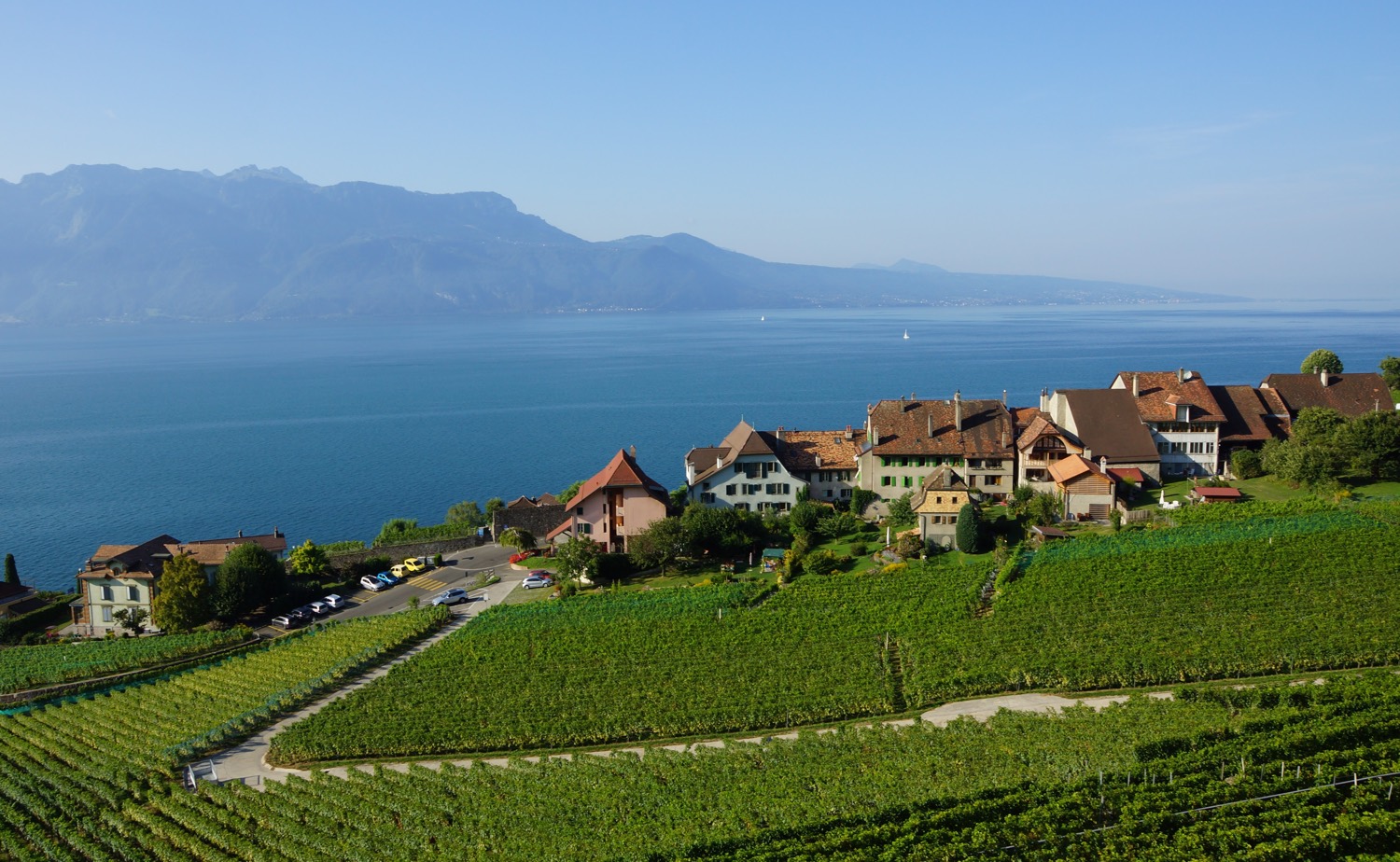Burgdorf and its Castle
adminci2016-12-07T20:01:36+01:00Burgdorf is called the door to the Emmental. The beautiful old city is quite compact and sits on a sandstone hill in the middle of the Emmen valley. The modern city is down at the foot of the hill.
The massive castle sits at the highest point of the hill and overlooks the city and the Emmen valley. From the towers even the Jura can be see on horizon. On a clear day the view is gorgeous.
The castle is mentioned for the first time in 1080 and at that stage was owned by the dukes of Zähringen. They built the city around the castle.
Today the castle hosts three museums that are included in the price of the ticket (CHF 7.- / Person). The castle museum exhibits a lot of articles through different time periods and authentic old documents. The other two museums are much smaller. The gold museum offers some insights into how gold was washed in the Emmen river. The museum of ethnology dates back to it’s founder Schiffman who died in 1904. He had donated all his exotic articles from his travels to Japan, China and Korea to the gymnasium (high school) of the city.
The museums are open daily, April to October in the afternoons. November to March they just open Saturday 11am to 5pm.
The beer brewed in the city is also quite a treat!
The population of the city of Burgdorf is around 16’000 people. It is just a 20’ train ride from Berne.


